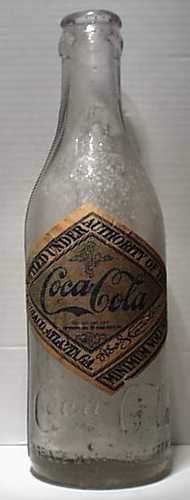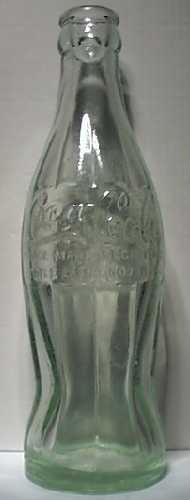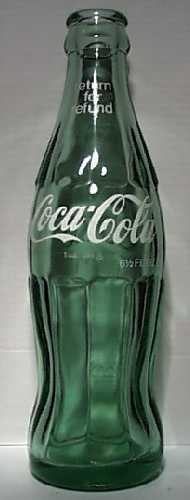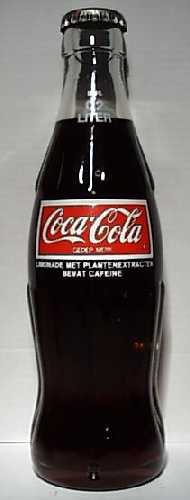In the beginning the syrup only was drawn from containers and served in glasses before in 1894 Coca-Cola was bottled the first time. The earliest bottles known to contain Coca-Cola were of the Hutchinson stoppered variety.
Since 1899 the words Coca-Cola appeared in either block print or script lettering on the bottles and embossing usually designated the city where the bottle was originally filled. These Hutchinson bottles were used only briefly by fewer than a dozen bottling works till just after the turn of the century.
Joseph Augustus Biedenharn from Vicksburg/Mississippi
was the very first Coca-Cola bottler.










